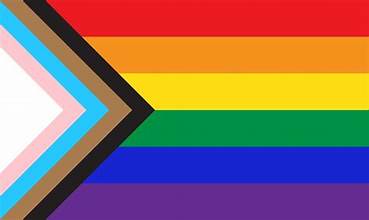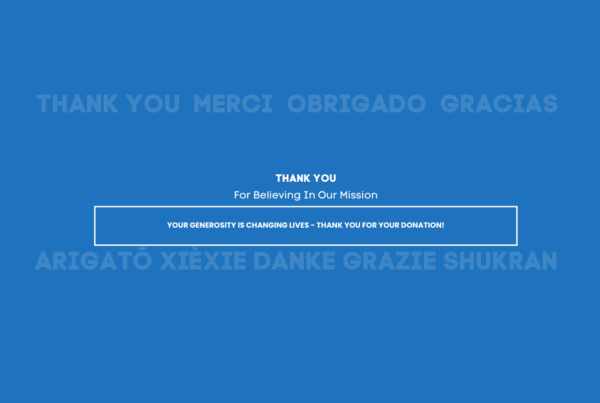This webinar provided a wealth of theoretical and practical information for clinicians. In fact, there’s so much to share that we plan on dedicating both June’s blog posts to this training! Today, we share tips on building a foundation of cultural competency for working with LGBTQ+ clients. Our next blog will feature specific interventions using DBT to address behavioral targets and themes of invalidation.
TIP ONE – Know your terminology
Current terminology on gender and sexual orientation matters. Gender identity is an individual’s sense of their own gender, which may or may not match with a person’s assigned sex at birth. Be able to understand identities like intersex, cis-gender, binary, non-binary, and transgender. Be aware that transgender can be both a standalone identity or an umbrella term that encompasses many different gender identities, including nonbinary and gender-expansive identities.
Sexual orientation is a person’s emotional, romantic, or sexual attraction to another and includes a person’s sense of identity based on those attractions. Identities can include monosexual, gay, Queer, plurisexual, aromantic, or demisexual. Staying current with language is a form of validation and key to establishing inclusion! In fact, one of the most commonly cited microaggressions identified by LBGTQ+ clients were having a provider consistently misgender them or confuse gender identity and sexual orientation. The American Psychological Association provides guidelines to effective practice with sexual minorities, including a resource guide to current terminology. https://www.apa.org/about/policy/psychological-sexual-minority-persons.pdf.
TIP TWO – Know context and risk factors
Suicide: The risk factors for LGBTQ+ clients are present before they enter a therapist’s office. 34 – 47% of young people with a minority sexual orientation consider suicide, and 11 – 18% follow through and attempt it. Those with a minority gender identity have a 25- 56% chance of considering suicide, with 6% – 23% going on to attempt suicide. While there are a wide variety of reasons for these vulnerabilities, common risk factors include the impact of being a stigmatized minority.
Socio-political climate
The socio-political climate for LGBTQ+ people play a significant role in mental health. In 2024, 566 anti-trans bills were introduced in the US that would place restrictions on school curriculum, employment, civil rights, healthcare and access to public facilities. While 1 in 3 LGBTQ youth described their mental health as poor due to anti-LGBTQ+ policies, even more say that these polices potentially prohibit talking about LGBTQ+ topics at school made their mental health worse. Past and current local and national legislative policies slow or block access to gender affirming care and are openly debated in public forums. Understanding and staying awake to relevant legislation is key in developing cultural competence. Bookmark websites that consolidate these updates, such as https://translegislation.com / or https://bit.ly/3Xqar4i
Minority status
Working with any minority requires a therapist to understand that client’s specific identity stressors. Drs. Skerven and Camp introduced Meyers Minority Stress theory, which outlines sources of conflict for sexual minorities based in discrimination, identity expectations, and internalized negativity. Bringing an understanding of these factors into DBT’s biosocial theory as a source of invalidation is another demonstration of cultural competence in DBT. Some examples of invalidation include having a heightened sensitivity to rejection, internalizing larger stigmas into one’s own identity, and experiencing pressure to conceal one’s sexual orientation. Collaborating with a client on their experience of invalidation and the biosocial theory can help make sense of the transactional nature of invalidation.
TIP THREE – Watch for LGBTQ+ themes with targets and Behavior Chain Analyses
Moving towards effective DBT treatment with LGBTQ+ clients mean actively identifying problematic themes to translate into targets. Some commonalities include building an identity without internalized stigma, identifying and responding to rejection sensitivity, managing microaggressions from others, increasing resilience, building community, and promoting activism. Drs. Skerven and Camp recommend behaviorally defining these themes whenever possible and placing them on the target hierarchy. Themes may also arise in behavior chain analyses as thoughts, emotions, and controlling variables for ineffective behaviors. Collaboration on these specific targets with clients is key to culturally sensitive LGBTQ+ therapy.
As we close this edition, we’d love to hear from you on ways you may have used these tips to create an affirmative environment for LGBTQ clients. Please feel free to email us at [email protected] Be sure to watch for our next Blog for more on using DBT with LGBTQ+ clients.





